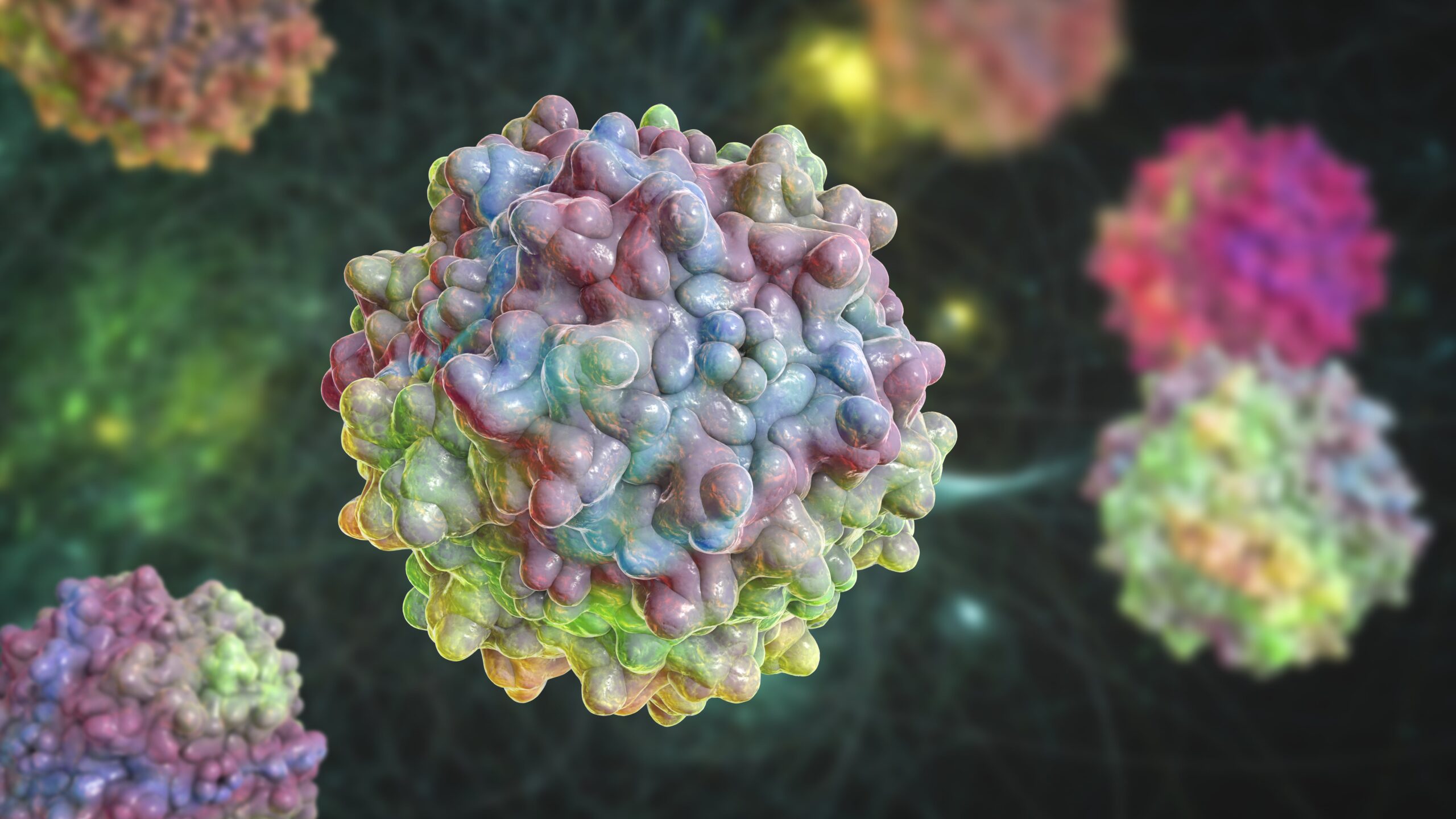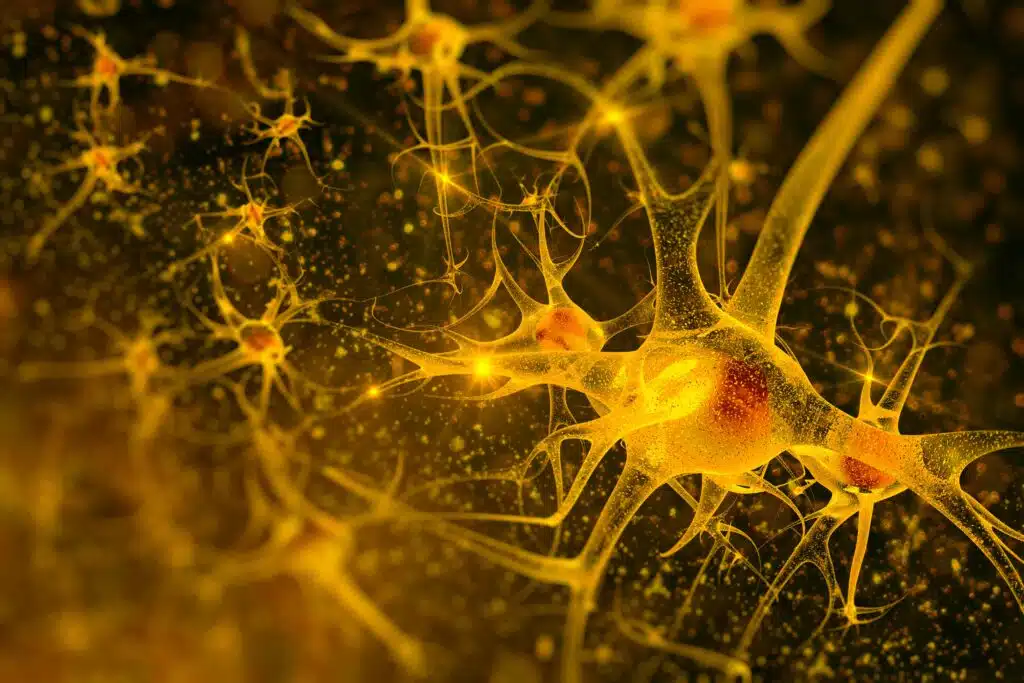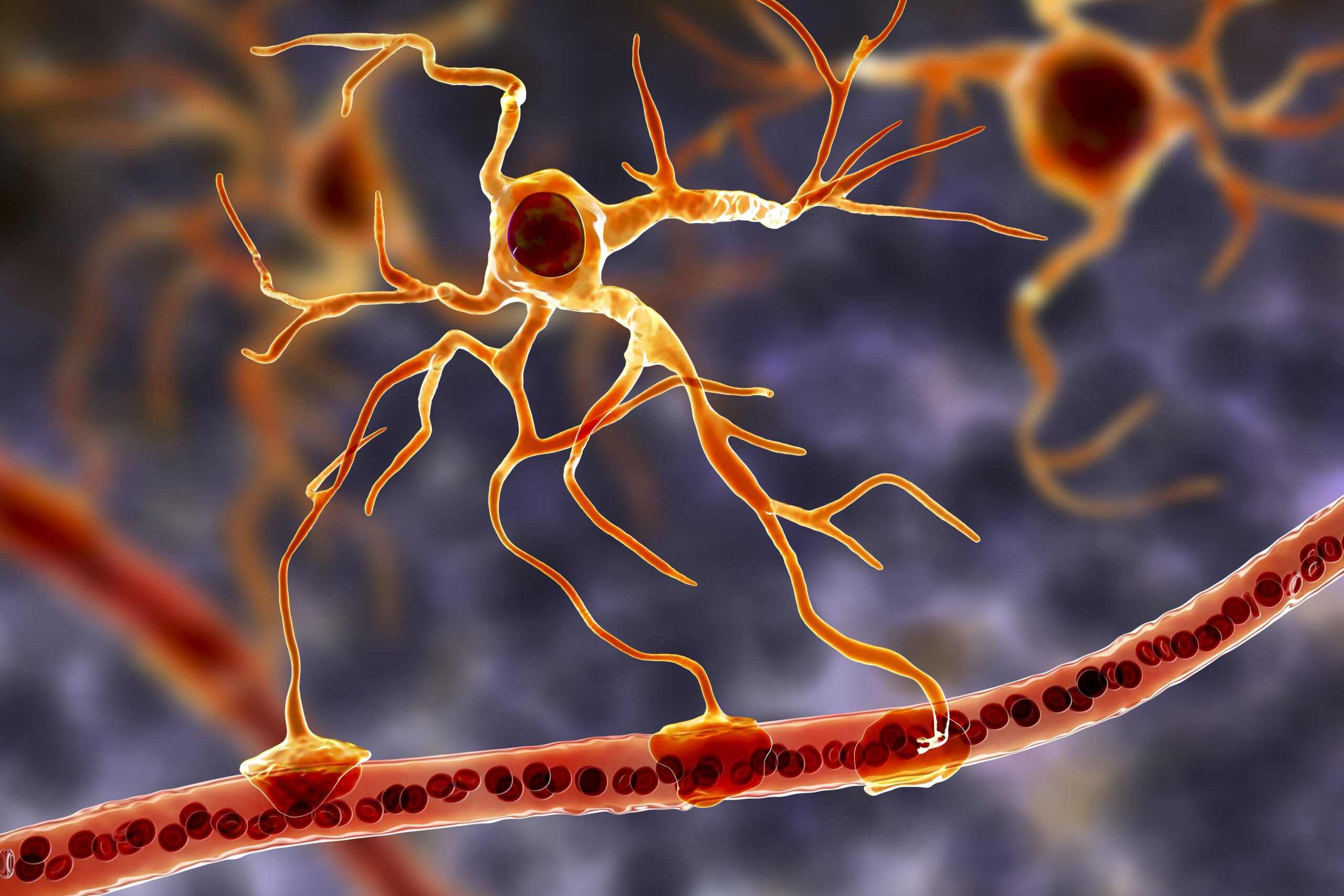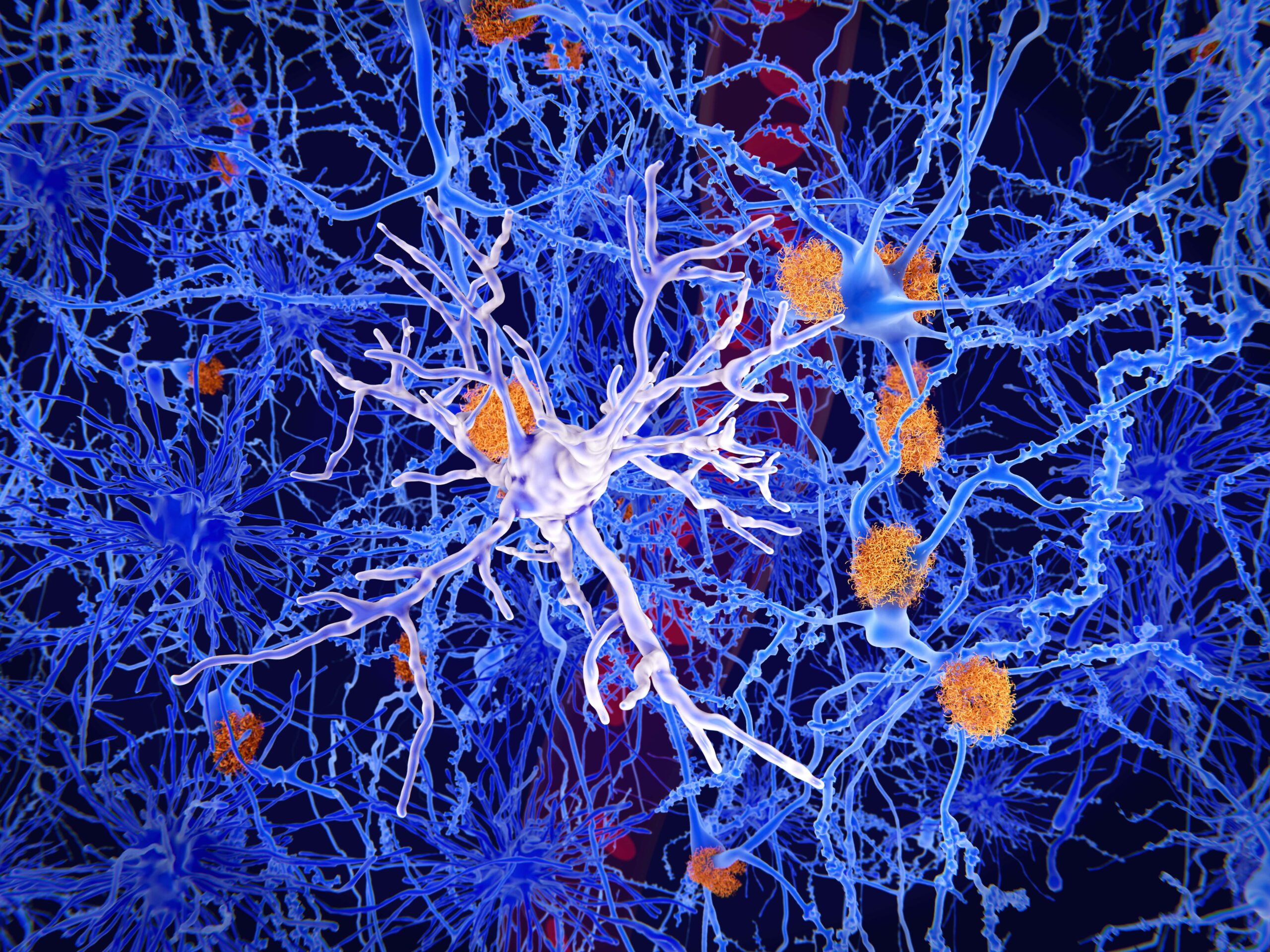Innovation
New Study Advances Multiple Sclerosis Vaccine Prospects
More than 1.8 million people worldwide are diagnosed with multiple sclerosis (MS), a chronic autoimmune disease that impacts everyday function, including balance, cognition, and physical strength. Previous research has indicated a link between MS and the Epstein–Barr virus (EBV), a highly contagious double-stranded DNA virus thought to cause an autoimmune reaction in some patients. Now, ...
New Technology Expands Gene Therapy Delivery Options
Gene therapy clinical trials using adeno-associated virus (AAV) vectors for gene transfer are on the rise. AAV vectors are an appealing choice for gene therapy applications because of their strong safety profile, long-term gene expression, and high-efficiency transduction into a wide range of target tissues. Despite these advantages, there are limitations: AAV vectors have limited ...
Formation of Synapses Between Neurons Finally Observed
Synapses are crucial contact points between neurons that enable the transmission of information and communication within the nervous system. The structure and function of synapses are generally well understood. But how these synapses form in the first place has long been a mystery. Thanks to a groundbreaking new study recently published in Science, that could ...
Mouse Models Provide New ALS Insight
A recent study from Niigata University researchers offers new insights into the protein-mediated motor neuron loss observed in amyotrophic lateral sclerosis (ALS). Using novel mouse models of ALS, the researchers focused on better understanding the role that the protein TDP-43 plays in the degeneration of motor neurons in ALS. Their findings, published in the journal ...
Researchers Find New Treatment Option for ALS
Amyotrophic lateral sclerosis (ALS), also known as Lou Gehrig’s disease, is a progressive, devastating neurodegenerative disease with no known cure. While the cause of ALS is unknown, ALS is known to be characterized by progressive degeneration of upper and lower motor neurons in the spinal cord. ALS symptoms usually first present as weakness or loss ...





